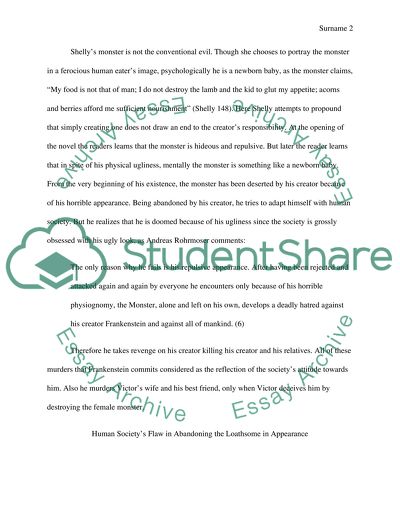Cite this document
(“Concept of Social Evil and Humanization of the Monster Research Paper”, n.d.)
Retrieved from https://studentshare.org/literature/1446155-i-do-not-have-a-topic-in-mind-but-she-gives-us
Retrieved from https://studentshare.org/literature/1446155-i-do-not-have-a-topic-in-mind-but-she-gives-us
(Concept of Social Evil and Humanization of the Monster Research Paper)
https://studentshare.org/literature/1446155-i-do-not-have-a-topic-in-mind-but-she-gives-us.
https://studentshare.org/literature/1446155-i-do-not-have-a-topic-in-mind-but-she-gives-us.
“Concept of Social Evil and Humanization of the Monster Research Paper”, n.d. https://studentshare.org/literature/1446155-i-do-not-have-a-topic-in-mind-but-she-gives-us.


